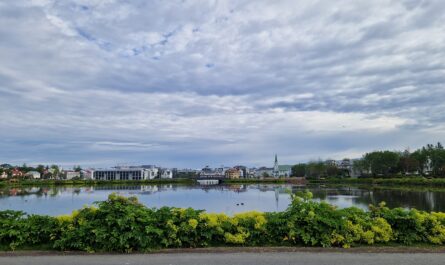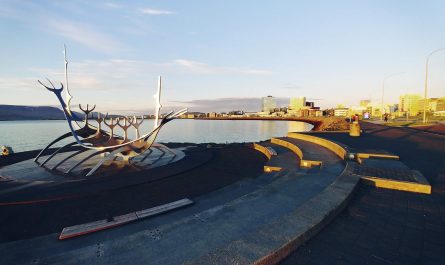Reykjavik is the capital and largest city of Iceland, located in the southwestern part of the island. Its name means “Smoky Bay” in Icelandic, which refers to the steam rising from the many hot springs in the area.
The settlement of Reykjavik dates back to the 9th century, when Viking explorers from Norway and Celtic settlers from Scotland arrived in Iceland. However, it wasn’t until the late 18th century that Reykjavik began to develop into a proper town, when Denmark, which had colonized Iceland, established a trading post there.
Iceland got its freedom from Denmark in 1944, and Reykjavik became the capital of the new country. During the 20th century, the city continued to grow and become more modern. It became a major center for business, culture, and education.
In 1986, US President Ronald Reagan and Soviet General Secretary Mikhail Gorbachev met in Reykjavik. This meeting was a turning point in the Cold War. In the decades that followed, Reykjavik also became a center for tourism. People came to see its beautiful natural scenery, lively culture, and unique geothermal attractions.
Today, Reykjavik is a modern, international city known for its thriving arts and music scenes, innovative design and architecture, and commitment to sustainability and green energy. It remains one of the most popular tourist destinations in the world, and a symbol of Iceland’s unique culture, history, and spirit of innovation.
Reykjavik is where the majority of the Icelandic government and official institutions are. The Icelandic Parliament is in Reykjavik, as are the majority of public service institutions, the main hospital of Iceland, the second largest airport, the University of Iceland, the National Museum of Iceland, and much more.
In just two decades, Reykjavik has grown from being almost a small town to a full-fledged city offering shopping malls, exciting nightlife, traffic jams, interesting museums, emerging culture and arts, rock, food, and fun festivals, and the financial sector of Reykjavik has also grown enormously.
Reykjavik is a tourist attraction; there is no doubt about that. It has everything visitors might wish for; beautiful nature, interesting museums and exhibitions, great viewpoints, awesome nightlife, first class restaurants and international fast food chains, shopping in shopping malls and small boutiques.
Reykjavik is a relatively safe city and many tourists prefer exploring Reykjavik by walking around. The center of Reykjavik is the financial and government hub for Iceland. The city center offers a variety of small stores, boutiques, restaurants and cafés. Nearby is the pond Tjornin, one of Reykjavik’s landmarks and besides the Tjornin is the beautiful park Hljomskalagardurinn.
From the city center lays the main shopping street Laugavegur offering a wide variety of shops, boutiques, cafés and pubs. The side streets from Laugavegur offer an interesting array of specialty boutiques featuring Icelandic arts and crafts. At the head of one of the side streets Skolavordustigur stands the highest church in Iceland Hallgrimskirkja offering magnificent views of Reykjavik.
In the past few years many new hotels and guesthouses have been built in Reykjavik to serve an increasing volume of tourists visiting Iceland.
Covering tourist attractions in Reykjavik in a short text is impossible. You can expect more articles on the tourist attractions in Reykjavik in the coming months.


